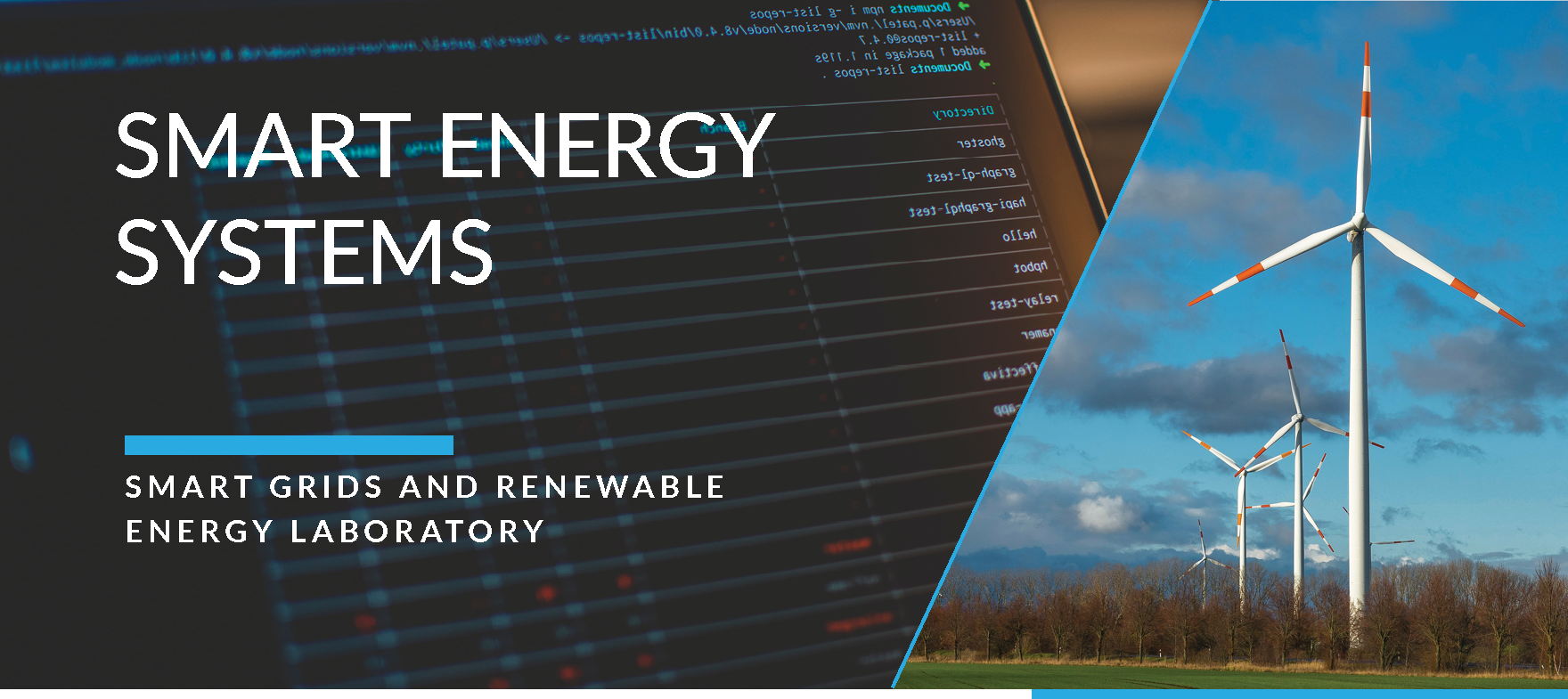
MAIN RESEARCH AREAS OF THE LABORATORY:
– mathematical modelling of power systems and networks, investigation of their control issues;
– modelling and optimisation research of ICT-based control systems of power systems.
Smart Grids and Renewable Energy Laboratory CARRIES OUT RESEARCH AND OFFERS SERVICES IN THE FOLLOWING FIELDS:
- mathematical modelling of power systems, analysis and assessment of their parameters;
- investigation of PS control issues and development of respective algorithms to deal with frequency regulation, active and reactive power control, static and dynamic stability, minimization of transfer losses, electric power quality, emergency prevention;
- investigation of advanced PS control methods and application of new automatic control devices and information and communication technologies (ICT);
- analysis and assessment of PS reliability, security and risks;
- optimisation of PS operation in competitive market environment, development of competitive balancing mechanisms and ancillary service mechanisms;
- research on the integration of renewable energy sources (wind, solar, etc.) and distributed generation into PS;
- legal regulation of PS control and use-of-electricity issues;
- economic efficiency analysis related to PS control and extension, and use of electricity;
Power system (PS) is one of the most complex technical and organizational systems covering generators, power networks and consumers, which operate synchronously, i.e., under the same mode and with the same current frequency in large areas. The operational modes of PS, specified by energy, powers, currents, voltages, phase angles and other parameters, are characterized by continuous change. All the modes should be kept within the pre-determined parameter limits, and this is the major responsibility of the PS operator. Control is a rather complex task even under normal operation; however, systems often get into stressed modes, sometimes emergency and post-emergency modes, the control of which is more complicated. Out-of-control operational modes may lead to loss of stability, voltage collapses, and failures of individual parts or total blackout. System and preventive automatics with protection relays and multiple digital controllers, as well as data communication systems, connecting generators and network substations with dispatch control centers, help the dispatchers to operate the systems and networks and protect them from emergencies.
Operators prepare control measures (equipment switch-over plans, settings of automatics, dispatch control signals) based on modelling, i.e., on calculations. This is an activity requiring a great deal of scientific knowledge and methods: adequate algorithms, assessment methodologies and analysis procedures need to be developed.
Development of modern power systems features significant changes. “Inter-system” electricity trade is expanding both geographically and in scope of various products of the electricity market (active power reserves and other ancillary services, forward financial transactions). Users and small generators are included into electricity trade and supply of ancillary services. Electricity is becoming “greener” due to increase of generation from renewable energy sources and also, if any, due to development of nuclear energy. Resistance of power systems to accidents will increase; reliability of power supply and power quality (more regular form of the voltage sine curve, less voltage flicker, etc.) will improve. Enablers for such changes are mostly the smart technologies, based on information and communication technologies. The result of their implementation is described by new concepts like smart generation, smart grid, smart relay protection, smart metering, and even smart house. The smartness component is achieved by computer logic devices (controllers with microprocessors) and their communication with each other and with the dispatchers of the power grid. Smart technologies help operators to control the power grid in a more efficient and reliable manner in real time, and in some cases even make this work simpler (since smart controllers perform a part of the control and monitoring functions without human intervention). On the other hand, control is becoming more complicated for the operators since many additional algorithms and programmes have to be installed into controllers, which requires integration of their interaction, coordination and reproStructural chart of a mathematical model for calculation of electric power system operating modesgramming of controllers for addressing the detected faults of operation.
Publications
2025
2024
2023
2022
2021
2020
2019
2018
2017
2016
2015
2014
2013
2012
Projects
International projects
Horizon 2020
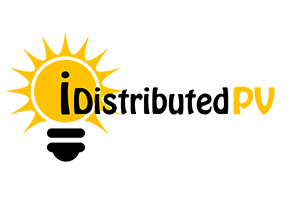
The aim of the project "Solar PV on the Distribution Grid: Smart Integrated Solutions of Distributed Generation based on Solar PV, Energy Storage Devices and Active Demand Management"More
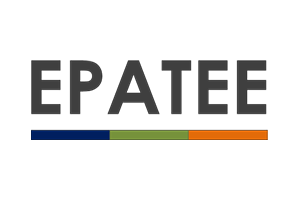
EPATEE (Evaluation Into Practice to Achieve Targets for Energy Efficiency) is an EU funded project which is aims to give EU Member States tools and knowledge for a better evaluation oMore

The overall aim of the EnergyKeeper project is to design, develop and test a novel, scalable, sustainable and cost competitive flow battery based on organic redox active materials. More
Seventh Framework Programme (FP7)
Main objective of the Researcher night 2011 is to enhancing public recognition of researchers and their work, through bringing public and researchers closer to one other, tackling theMore
COST
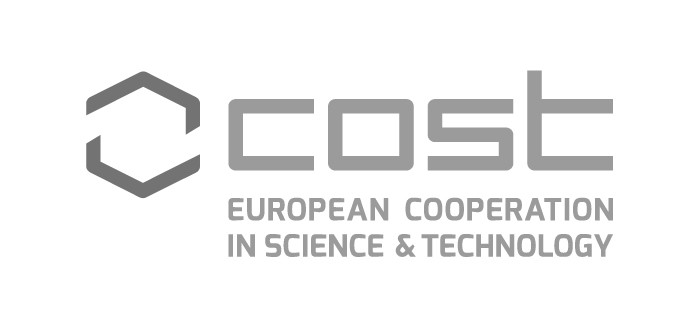
The atmospheric boundary layer (ABL) is the layer closest to the Earth’s surface within which most human activities take place. The vertical profile of atmospheric thermodynamic paramMore
Other international projects
Today climate change causes serious problems to the societies worldwide and Europe starts to feel its consequences. At the same time European community is facing economical problems. More
Projects in Lithuania
EU Structural Funds
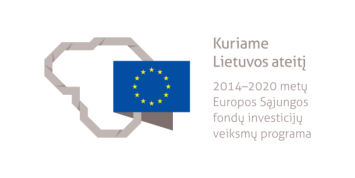
UAB Energy Ideas Group (EIG) together with its partner Lithuanian Energy Institute and associate partner THS Ukraine, LLC is implementing the European Union funded project “DeveloMore





